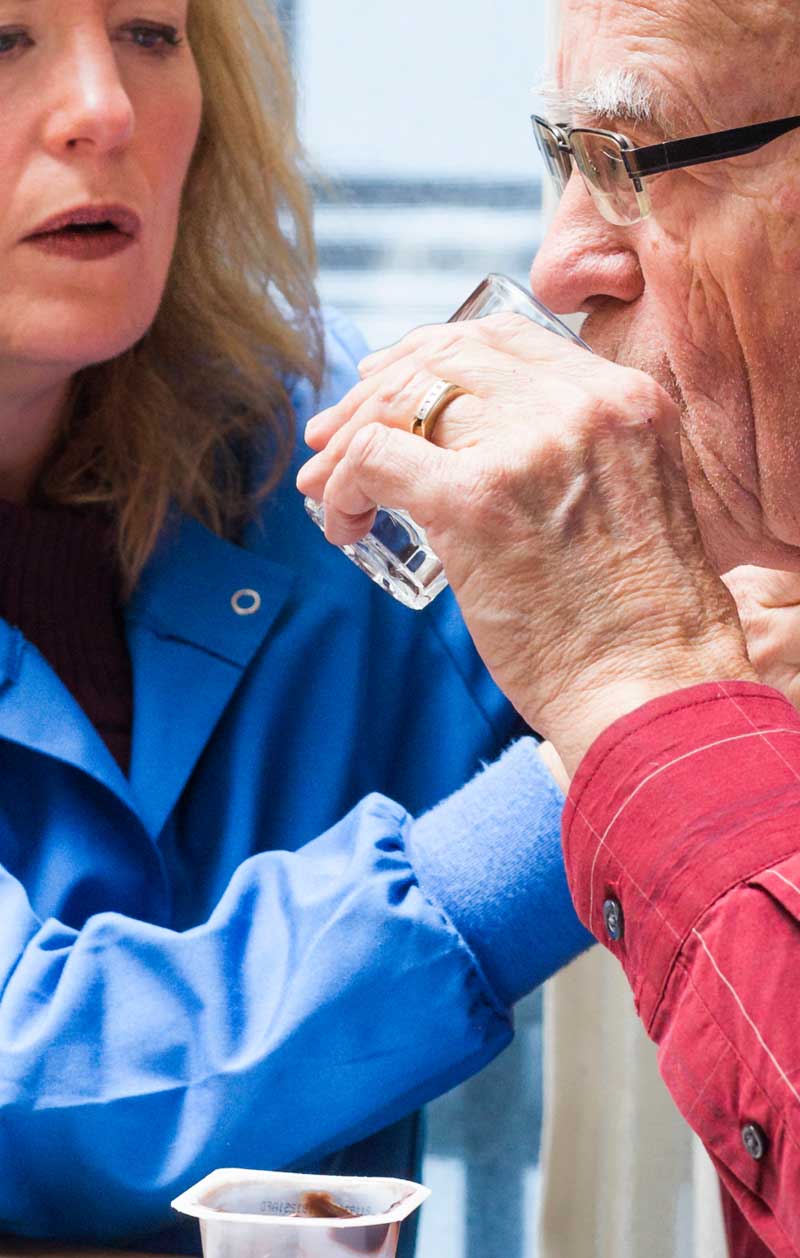Introduction
In the vibrant realm of healthcare, dysphagia-- commonly referred to as difficulty ingesting-- has actually emerged as a significant worry. This problem does not simply affect an individual's capacity to consume; it can cause serious issues such as poor nutrition, dehydration, and goal pneumonia. For that reason, furnishing treatment personnel with the necessary tools for handling dysphagia properly is paramount.
In this extensive overview, we will certainly explore different aspects of dysphagia management, concentrating on dysphagia training for carers, dysphagia care training, and the value of organized courses targeted at fostering understanding in this necessary area. From understanding the essentials of dysphagia to implementing effective interaction methods, this short article aims to provide a durable foundation for care staff.
Understanding Dysphagia: What is It?
What Causes Dysphagia?
Dysphagia can occur from many hidden problems such as stroke, neurological disorders, or perhaps structural irregularities in the throat or esophagus. Each instance is one-of-a-kind, requiring tailored interventions.
The Value of Early Detection
Recognizing dysphagia early can make all the distinction. Signs and symptoms like coughing during meals or a feeling of food getting stuck are indicators that need to never be neglected.
Types of Dysphagia
Dysphagia is usually categorized into 2 primary types: oropharyngeal and esophageal dysphagia. Understanding these differences is crucial for appropriate management strategies.
Equipping Treatment Personnel with the Devices for Taking Care Of Dysphagia Effectively
Training Programs: The Foundation of Effective Care
Implementing detailed training programs is essential for any type of treatment facility aiming to offer superior support for residents experiencing dysphagia.
Components of Dysphagia Training Courses
These courses usually cover:

- Identification and analysis techniques Safe swallowing practices Nutritional considerations Emergency action protocols
The Duty of Evidence-Based Practice in Dysphagia Support
Utilizing evidence-based practices makes sure that treatment personnel employ methods that have been scientifically shown to be effective.
Why Buy Dysphagia Training for Carers?
Enhancing High quality of Life
Effective monitoring of dysphagia leads to boosted quality of life for people impacted by it. Educated personnel can aid ensure safety and security throughout mealtimes and offer emotional support.
Reducing Medical care Costs
Proper training lessens risks related to dysphagia-- like health center readmissions-- consequently decreasing total medical care expenditures.
The Framework and Material of a Dysphagia Training Course
Course Objectives
Most courses aim to attain particular goals such as enhancing knowledge about ingesting devices and acquainting personnel with various assessment tools.
Interactive Discovering Approaches
Incorporating interactive components like role-playing situations or simulations can considerably enhance the discovering experience for treatment staff.

Dysphagia Training for Registered nurses: A Specialized Focus
Unique Difficulties Encountered by Nurses
Nurses often encounter patients with intricate medical histories where dysphagia may be just one element of their treatment. Specialized training furnishes them with the abilities needed to manage these complexities effectively.
Integration with Other Clinical Protocols
Nurses need to be experienced at incorporating dysphagia management within wider clinical therapy plans, making sure cohesive client care.
Creating a Safe Environment for Individuals with Dysphagia
Dining Considerations
Meal preparation need to consider texture-modified diet plans and ideal meal setups that promote convenience and safety and security throughout eating.
Supervision Throughout Meals
Care staff ought to be educated on how to oversee individuals while they consume, continuing to be attentive for any kind of signs of distress or trouble swallowing.
Communication Strategies in Handling Dysphasia
Importance of Clear Communication
Effective interaction between treatment personnel and residents is important. Team needs to discover exactly how to clarify nutritional restrictions clearly without creating stress and anxiety concerning eating.
** Using Aesthetic Aids
Visual help can serve as valuable tools when communicating essential information regarding dietary modifications or secure swallowing techniques.
Support Equipments within Treatment Facilities
** Establishing a Multidisciplinary Team
Having a team that includes speech therapists, dietitians, and nursing team cultivates a setting where detailed care thrives.

** Family Involvement
Engaging family members in discussions concerning their loved one's problem not just sustains emotional health however additionally produces a common understanding which can positively affect compliance with dietary recommendations.
FAQs About Managing Dysphasia
What are common signs and symptoms of dysplasia?
Common signs and symptoms consist of coughing while consuming, problem controlling food in the mouth, and regurgitation.
How can I recognize if someone has dysplasia?
Look out for adjustments in eating practices, weight loss, or issues concerning trouble swallowing.
Is there a details diet recommended?
Yes! Soft foods and enlarged liquids are usually suggested based on specific analyses by health care professionals.
Can medications influence swallowing ability?
Absolutely! Some drugs might create completely dry mouth or opposite impacts that affect ingesting comfort.
How frequently needs to training be updated?
Regular updates (a minimum of annually) make sure that care staff remain educated about finest practices connected to dysplasia management.
li10/ol1/hr2hr2/##
This article works as a considerable resource targeted at promoting understanding among caretakers concerning handling dyspraxia successfully with proper training initiatives while also offering actionable insights into creating encouraging settings conducive to recovery.